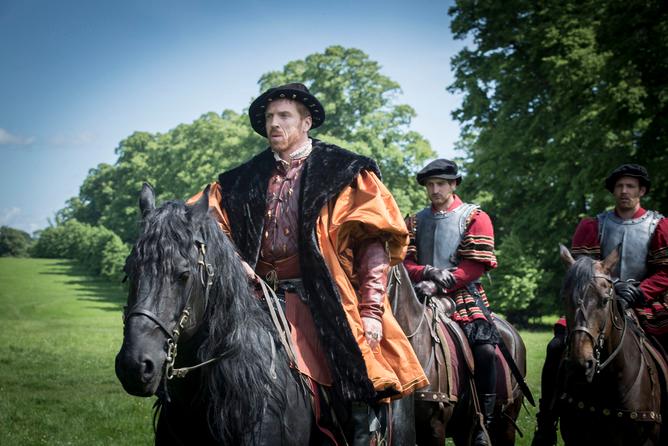We’ve seen the hotly anticipated release of Hilary Mantel’s books and the stunning success of their adaptations for the stage. Now the TV adaptation, starring Mark Rylance and Damian Lewis, is drawing to a close.
The final installment of the BBC’s six-part “Wolf Hall“ sees the fall of one queen and her retinue. In a brilliant shift of emphasis, the death of one queen marks the rise of another. Thomas Cromwell now stands, again, at the beginning of a tangled series of webs and relationships he is expected to manage, tease apart, and carry, on increasingly sagging shoulders.
It is no secret that the mastermind behind the rise and fall of Anne Boleyn will be the next to fall victim to the complex power relationships of the Henrician Court. Kosminsky’s masterful and dazzling adaptation of Hilary Mantel’s novels to date neatly sets the stage for, presumably, a television sequel as eagerly awaited as Mantel’s own conclusion to the tale.
“Wolf Hall” has stood apart as intelligent, subtle, artistic viewing. All kinds of aspects of the show have been analyzed and admired, but what particularly stood out to me as outstanding was the costumes.
Looking Back in Time
The quality and authenticity of the settings has been commented on widely. Much praise has been heaped on the use of locations such as Montacute for “authenticity.” A closer look shows that the care and attention paid to the environment went beyond the superficial use of locations, permeating every aspect of the storytelling. Some commentators, notably Catherine Fletcher, have referred to the challenges of getting the material and visual culture of the Tudors right, and “whether screen history engages with what we know.” The answer is definitely an emphatic yes.






